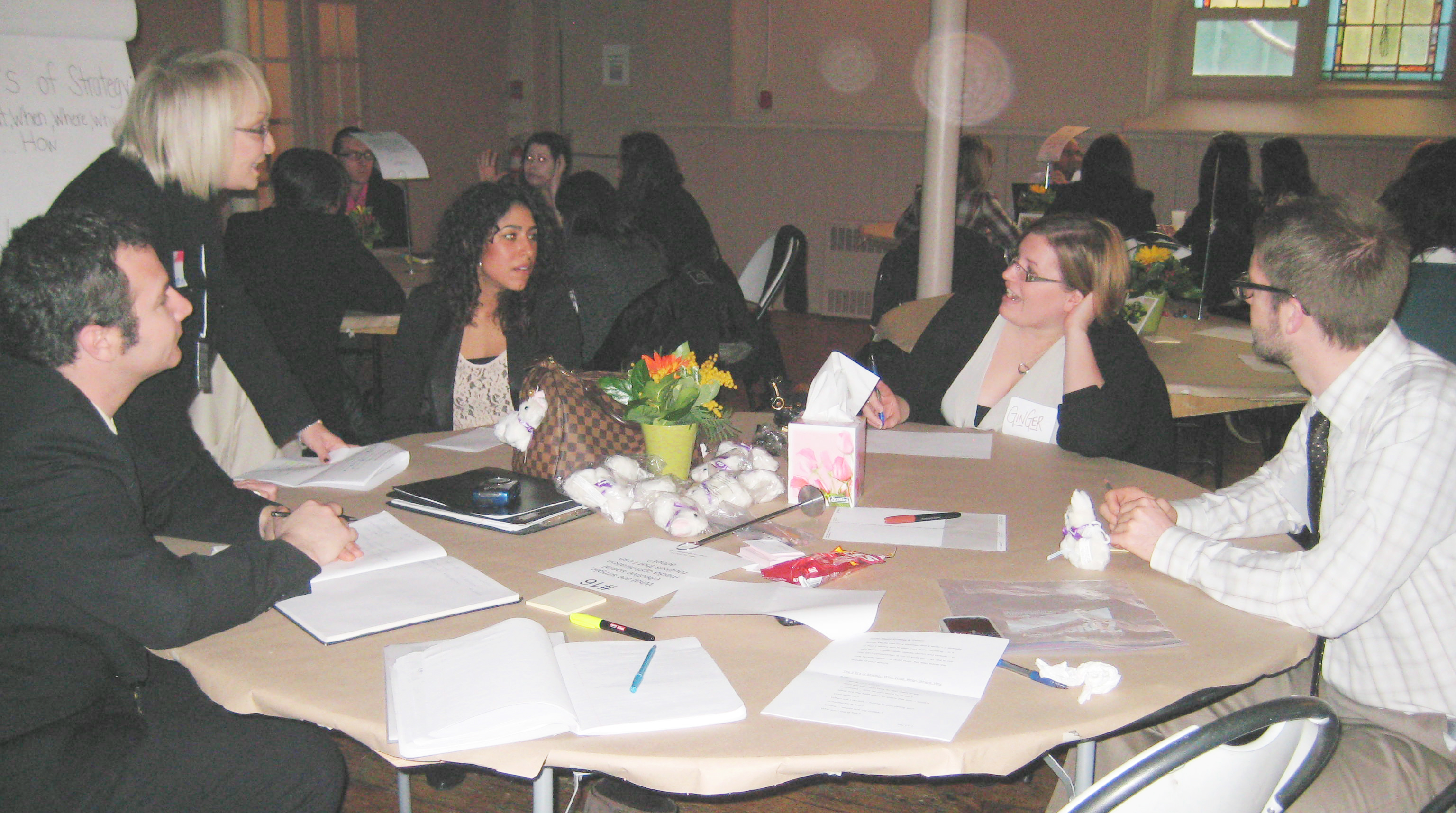The concept of smorganization was born out of my desire to find one word to first grab the attention and then communicate the dramatic changes to organizations of all types which are currently underway facilitated by social media.
Most have still not grasped the depth or realized the breadth of the communications revolution happening around us, but it is real, it is impactful and once these titanic forces are positively focused by forward thinking leaders within the organizations of the world, smorganization can and will take us to a better place.
So smorganization in its’ simplest interpretation is Social Media Organization or just smorganization, a one word conglomeration representing what in its’ entirety is a complex and rapidly evolving transformation process.
Social media organizations will be in a continuous listening and communication mode with all stakeholders both internal and external, monitoring the employee and customer experiences they create and the feedback and ideas they generate creating an ongoing improvement continuum.
But smorganization is not just a noun, it is very importantly also a verb and this transition and those organizations which survive it, will be led by visionary leaders who learn how to work with their people, customers, suppliers and communities to continuously smorganize and resmorganize themselves effectively based on feedback, goals and always with a sustainable action orientation.
These same channels of internal/external listening and communicating will also fuel these entities as they truly strive to become Learning Organizations as depicted by Peter Senge in his book Fifth Discipline: The Art and Practice of the Learning Organization.
New systems which support the People, Processes and Projects each organization needs to deliver on their goals will have to be developed connecting all three of these critically important features in order to co-ordinate, create and maintain the harmonious movement and growth of smorganizations as they proceed towards delivering on their mandate.
Emerging models of leadership based on using the above approaches will allow leadership teams to “lead from the middle” making decisions based on the best available knowledge and participation from both within and outside the organization.
The tools and approaches necessary to build or convert companies into social media organizations are already at hand and some firms have already begun to embrace these with amazing results. Our desire going forward is that smorganizations at all levels and functions within society will emerge leading to a new vibrancy of human engagement and achievement.
Jeff Ashcroft




